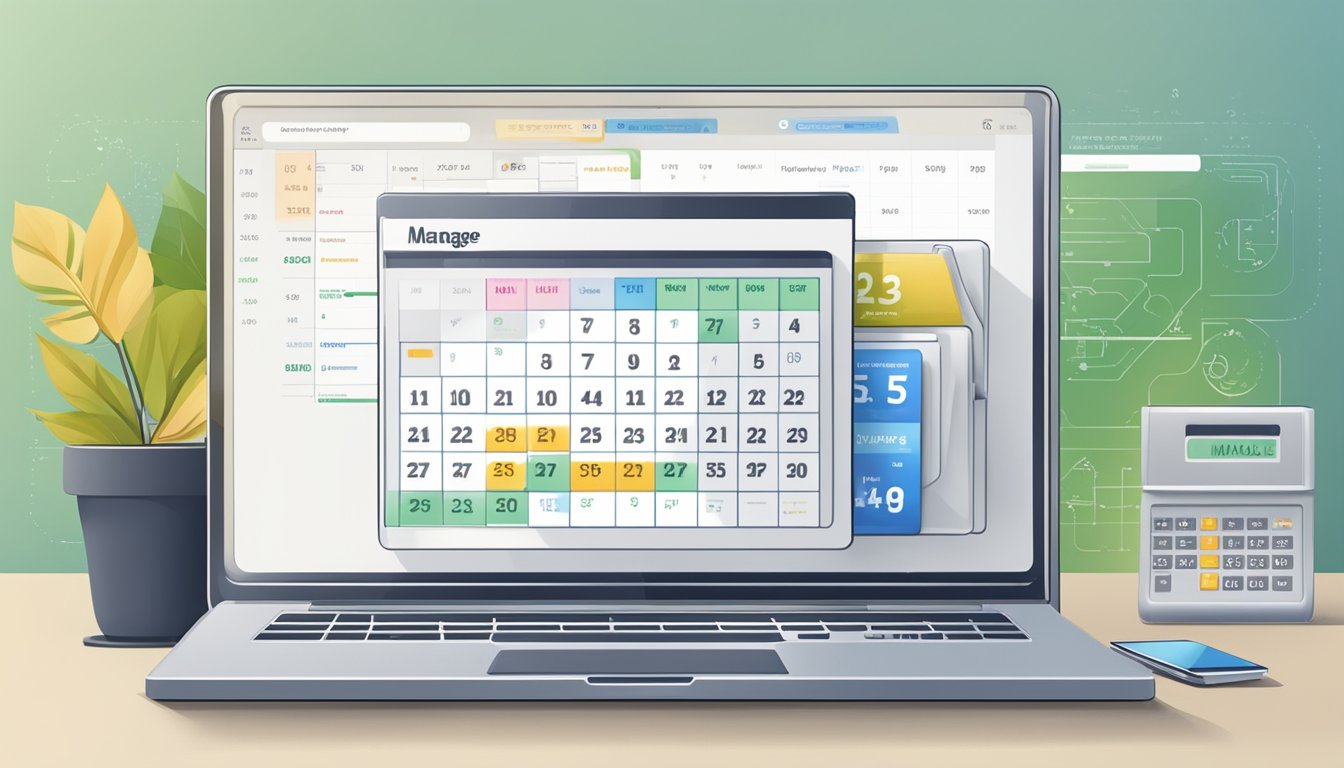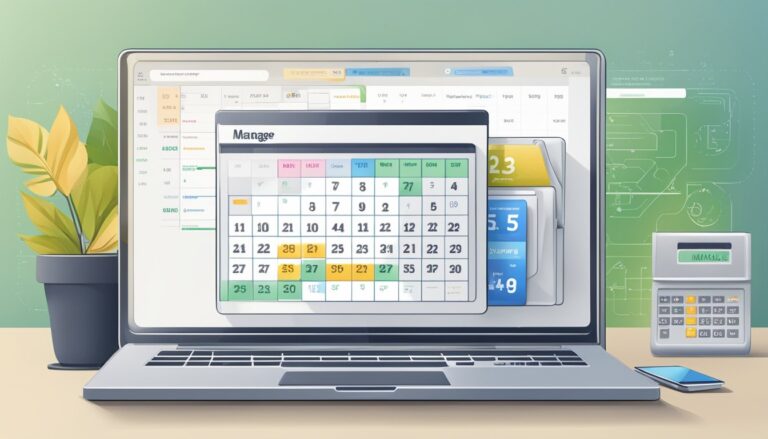Understanding Automatic Payments
Automatic payments in the insurance industry streamline the bill-paying process, ensuring timely payments and reducing the risk of missed payments.
This section covers key concepts, authorization processes, and the mechanisms behind automated transactions.
Definition And Key Terms
Automatic payments involve scheduling recurring payments for your insurance premiums using various payment methods, such as a credit card, debit card, or bank account.
Important terms include ACH (Automated Clearing House) transfer, which facilitates the electronic movement of money between accounts.
Automatic bill pay allows you to automate your insurance premium payments through your bank or credit union’s online bill payment system.
With autopay, you set up a “set it and forget it” system, ensuring that your insurance bills are paid on time every month.
This method helps maintain your coverage without manual intervention.
Legitimacy And Authorization
For automatic payments, providing authorization to your insurer is crucial.
You must ensure your consent is documented, often through an online portal or a signed agreement.
This process includes specifying your preferred payment method, either a credit/debit card or a bank account, and authorizing the insurer to deduct these amounts on a recurring basis.
Assessing the legitimacy of your insurer’s automated payment process is vital.
Ensure that they comply with financial regulations and have measures to protect your personal and financial information.
Reputable insurance companies will provide clear instructions on setting up and managing your automatic payments, as well as offer support if any issues arise.
Mechanisms Of Automated Transactions
Automated transactions in the insurance sector use electronic systems to handle recurring payments.
When you set up automatic payments, your insurer arranges for the scheduled money transfer on predetermined dates.
These transfers occur via ACH, direct debit from your bank account, or charges to your credit/debit card.
Your participation in an online bill payment system through your bank or insurer simplifies this process.
The system automatically detects due dates and ensures that your insurance premiums are paid without delay.
Monitoring your account regularly is advisable to ensure that transactions are processed correctly and your insurance coverage remains uninterrupted.
Pros And Cons of Automated Billing
Choosing to automate your insurance bill payments can bring several benefits, such as convenience and avoiding late fees, but it also has potential downsides like overdrafts and insufficient funds.
Advantages of Automation
Automated billing can make managing your insurance payments seamless.
Setting up automatic payments ensures that your bills are paid on time, preventing late fees and guarding your credit score.
You can save time by not having to remember each payment due date.
Many insurance companies offer discounts for enrolling in automated payments, reducing your premium.
This can help you save money in the long run.
Automated payments also help with budgeting, as you know exactly when and how much will be deducted from your account.
Potential Disadvantages And Risks
While automated billing is convenient, it can sometimes lead to problems.
You might face overdraft fees if there’s not enough money in your account when a payment is due.
An overdraft charge can be costly and might even affect your credit score if it leads to missed payments.
Another risk is the potential for mistakes in payment amounts.
If an incorrect amount is charged, resolving the issue may take time and effort.
Additionally, automatically paying your insurance bill can make it easier to overspend since you might not notice the impact on your checking or savings account immediately.
Managing Automatic Payments
To benefit fully from automated billing while minimizing risks, it’s crucial to effectively manage your automatic payments.
Monitor your bank account regularly to ensure there are enough funds to cover the payments.
This helps avoid overdraft fees and the impact on your budget.
Set reminders to check your account balance before the payment schedule to avoid any overdraft charges.
Keeping track of due dates helps ensure that payments align with your income.
If you’re using a credit card for automatic payments, be mindful of your credit limit to avoid interest charges and penalties.
Make sure to review your insurance bill periodically for any changes or errors.
Contact your insurance provider immediately if you notice any discrepancies in charges to prevent ongoing issues.
Proper management of your automatic payments can help you enjoy the benefits without facing unnecessary risks.
Implementing and Managing Automatic Payments

Setting up automatic payments can streamline managing your insurance bills, whether it’s for premiums, mortgages, or other recurring expenses.
Keep in mind the necessary steps and best practices to ensure a smooth process, and know how to handle any issues that may arise.
Setting Up Automatic Payments
To set up automatic payments, you typically start by logging into your bank or payment portal.
Look for the section that handles recurring payments.
Here, you’ll enter your payment information, such as your credit card details or checking account number.
Make sure to specify the amount, frequency, and starting date for each payment.
For insurance premiums, you might set them to get deducted monthly.
It’s also crucial to confirm that the service provider or merchant supports automatic payments.
Many banks offer online bill pay options that can simplify this process.
Best Practices For Account Holders
When managing automatic payments, keep your payment history and account information updated.
Always ensure there are sufficient funds in your checking account to avoid declined transactions.
Regularly check statements for any discrepancies.
For credit card bills or mortgage payments, set reminders to review these transactions periodically.
This helps spot unauthorized charges early.
Communicate any changes with your service providers to avoid missed payments.
It’s also smart to prioritize which bills go on automatic payments.
Focus on recurring, significant expenses like mortgage, utility bills, and insurance premiums.
Troubleshooting and Customer Support
If you encounter issues, first ensure you have correct payment details entered.
Visit your service provider’s website for troubleshooting tips.
Many companies provide comprehensive FAQs and guides to assist you.
If problems persist, contact customer service directly.
Explain your issue clearly, whether it’s about a missed payment or an error in the payment amount.
Most banks and service providers have dedicated support to handle these situations swiftly.
In some cases, errors might stem from credit card issues or changes in your bank account information.
Update these details promptly to avoid disruptions.
Regular communication with your bank and service providers is key to maintaining seamless automatic payments.






